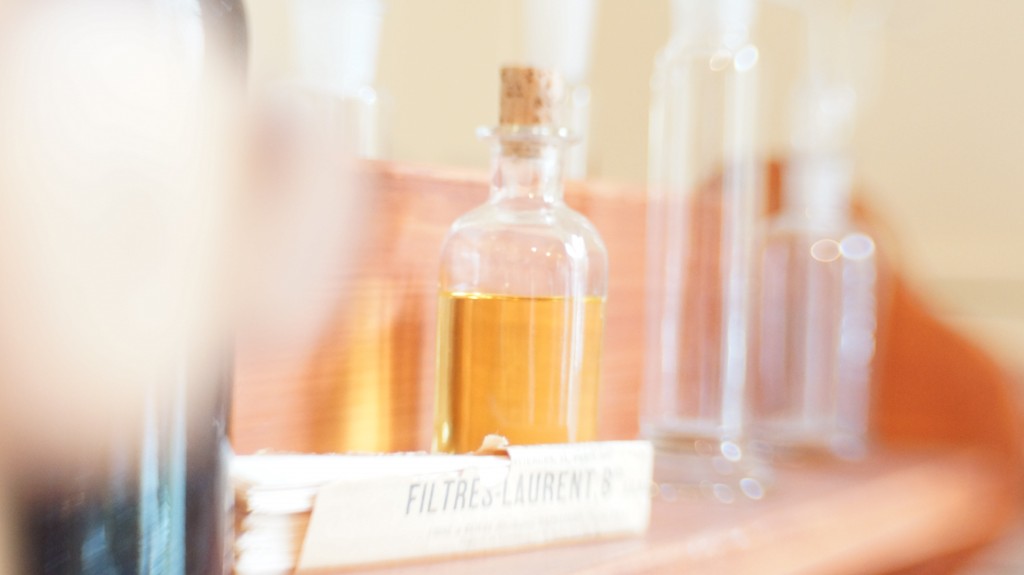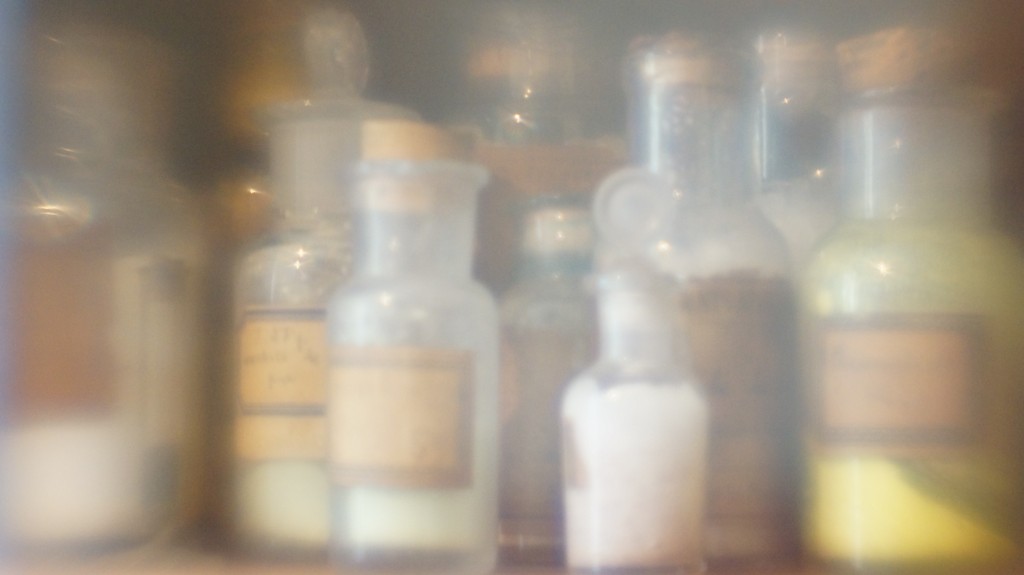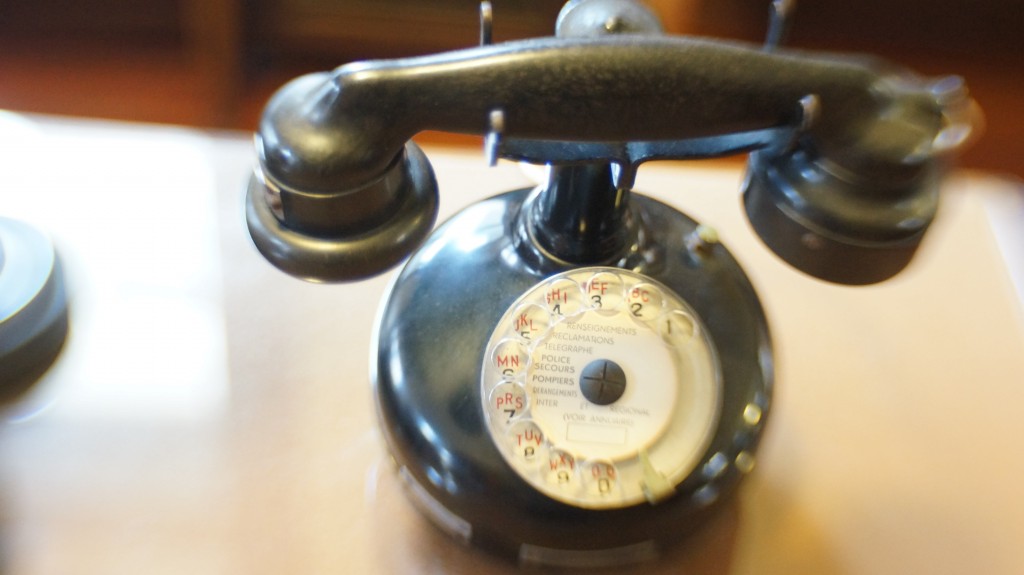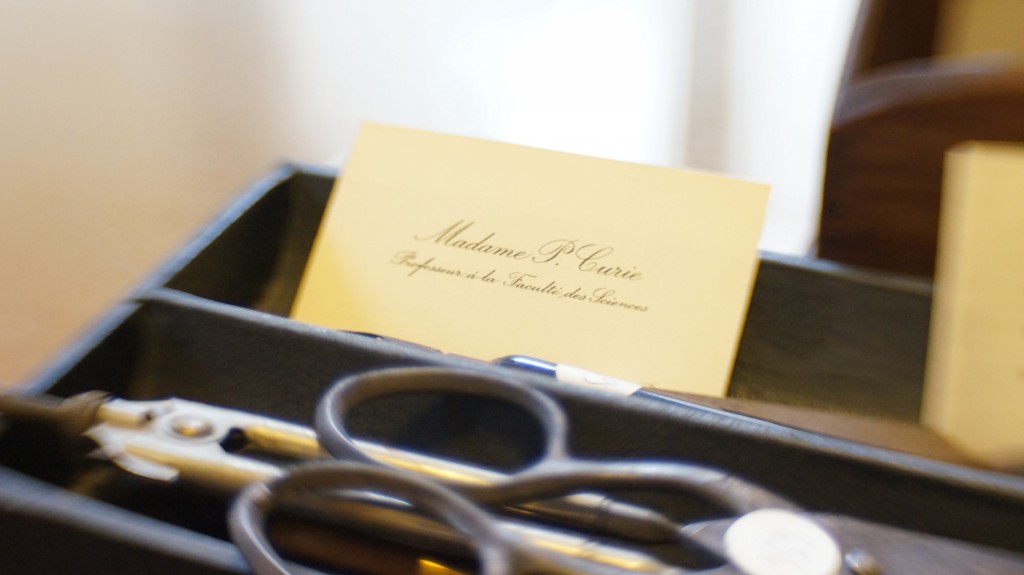November 20, 2012
I’ve just begun my second week of work at the Marie Curie Institute here in Paris, creating performance films and photographs for the LUMINOSITY: THE PASSIONS OF MARIE CURIE, a multimedia opera by composer Pamela Madsen. I’ve included a few raw film stills that are currently being profoundly transmogrified for the projections, and a bit of a philosophical field report about my experience working in Marie Curie’s physics lab in Paris this November.
—————————————————————————-
LUMINOSITY: THE PASSIONS OF MARIE CURIE
a multimedia opera by composer Pamela Madsen
Performance Film Projections and Photography by Quintan Ana Wikswo
for soundSCAPE
Tony Arnold, soprano
Jane Rigler, flute
Aiyun Huang, percussion
Thomas Rosenkranz, pianist
Preview performance:
12th Annual CSUF New Music Festival: Voice in the 21st Century
February 27th-March 3rd, 2013
Cal State Fullerton
—————————————————————————-
THE RADIATION OF LIBERATION:
A FIELD REPORT FROM MARIE CURIE’S LAB IN PARIS:
After working through some new experimental techniques last winter, I finished creating alternative process 35mm films for one section of the film (it was performed by full choir in Los Angeles last spring). And joyfully possessed of several new old monkeywrenched cameras, I’m now fully embarked upon the Paris fieldwork stage – happy to be ensconced at Curie’s original laboratory and office on Rue Lhomond, where she discovered radium and polonium.
I am grateful to the Curie Museum for giving me unparalleled access to the facilities. The complexity and scope and scale of her life impresses me more each day, and my dwindling days here are increasingly, excruciatingly inadequate to the task at hand. Her life and her work are massive, and the more I discover, the more I long to know.
It’s been a very powerful experience – the impact of her intense intelligence and ferocious tenacity, discipline, determination, curiosity has left a strong residue at the facility. There are signs on the wall that testify that the radioactivity has been ameliorated, but regardless, there are traces still tangible of a time and place and person that changed the world. It’s a pulsing, sustained fierceness of the mind that leaves me honored by the rare gift of this proximity in space, if not time.
There is a complexity in being in her laboratory – it’s a deeply nourishing and somehow addictive experience to spend these days so near to a woman whose ideas triumphed, and triumphed over such absurdly enormous barricades. When I visited her crypt, I was greeted at the Pantheon by the enormously famous and famously enormous slogan: Vivre libre ou mourir. Live free or die. I assume it’s intended to be inspiring. But if those of us who were or are not free decided to die, we would have lost a lot of everybody, including, presumably, Marie Curie and many other women across time. It’s a casual cruelty, that slogan. It’s absurd, and a travesty once one transcends its sensationalism and truly, deeply considers its implications.
And immediately, all I wanted was to be in her lab, amidst her things, amidst her kind of revolution, and the luminously genius discoveries that her own force of will gifted upon upon a hostile, frightened, intimidated and ignorant society.
To see her books, her equipment, to stand at her desk, to see her beakers and centrifuges and shelves of chemicals…it’s a kind of searing existential therapy, and anyone visiting Paris should make the effort to spend a few moments at her lab. Why? It’s an antidote, at the very least. I work half-days at her lab, and then explore art museums of Paris in the off hours. The contrast is shocking and disturbing. Inspiring and sorrowful.
With respect to the painters whose works are deserving of admiration, it is nonetheless pathetic that the prevailing conventions of their day suggested that the only female activities worth documenting consisted of prone women lying around between the ages of ten and twenty before, during, or after being ravished by God or man, or large groups of men, or armies. To go to the Louvre is to see women as purely, essentially biological objects and objects of biology: we are bared and displayed for fertilization, handling, folding, spindling…accessible for milking and feeding and breeding and to facilitate a general decorative ambiance of mild erotic arousal. Women’s bodies at the Louvre are the erotic air fresheners of the interior designer. Wouldn’t this parlor be slightly more pleasantly appealing with some fulsome female nipples poised for the delivery of food or pleasure? Let’s drape the lady bits in a little blue satin. There. That’s nice.
The men are rampant on dragons and horses, poised for action, clothed for battle and displays of power. In the real world – even of that era – women were working and striving and active and moving. They had passions and curiosities and dreams and identities. They were busy making decisions and staying alive and taking charge and thinking and creating and educating and raising and changing and doing….yet on the walls of the world, in the lineage of role models displayed at every cultural institution, women are objects of décor.
Yet thankfully some antidote:
At the Curie laboratories, the iconography is that of women important for their own use of their own brain, intellect, ideas – and not by others’ use of their powerless bodies. There are thousands of photographs of women working at highly advanced equipment, fully clothed, active, strong, powerful, intelligent.
Intent on discovery, not on beauty.
Agents of their own fate. And of the fate of science, culture, and society.
According to the Director, nearly half of Curie’s scientific team were women – a combined force of intelligence and practical feminism that took theory of equal access into action, and accomplished what had never even been imagined. And what hundreds of thousands of men worked extremely hard to prevent. And it speaks to Curie that she chose men around her – Pierre, and handfuls of her scientific peers who advocated against the incessant misogyny – who again and again did what they could to act as servants to equality and enfranchisement.
Her laboratories are located a few blocks from the Sorbonne and the Pantheon and Luxembourg Gardens, on the left bank of Paris. To walk these streets is to feel the weight of male genius, of legendary visionaries who altered the directions of human civilization again and again and again. Their bodies lie buried in crypts in the Pantheon, a temple dedicated to a saint-goddess that later became consecrated to the bodies and acts of men. The Sorbonne the same. The hill looks down over Paris, in winter this is a tonal vista of slate and cool gray, a thin lavender dove sky, and glowing golden windows that indicate the cloistered activity of brain cells glowing warm amidst the cold. It’s inspiring, yet over the centuries off limits to people like myself, housed in female form. It’s a mixed pleasure to ponder the vista. It’s complicated. The real work always is.
Walking over to the Curie Institute, the buildings become lower and smaller, the streets less grand, the walkways more modest. The grand cafes become slightly more functional and less decorative. There is more purposefulness and less posturing. There are fewer signs on the walls testifying to liberty and greatness and revolution, and more postings of servicable directions to physics and chemistry facilities.
Around the corner, and her laboratories are tucked behind a wrought iron fence with climbing roses, and they are three low-slung, pale brick buildings – no marble columns here. It is the state school versus the private ivy league. It is the triumph of the underdog: what can be done, at great personal cost, making so much from so little.
For all of us who follow our passion amidst despair about the resources at our fingertips – Marie Curie is the icon to study. Underestimated, with a late start, unevenly educated, working as a nanny until her mid-twenties, an awkward yet self-possessed immigrant and foreigner on French soil, an interloper at every stage of French male scientific culture, an accidentally transgressive individual far beyond the strictures of her era, indominitable…she still lives on as one of the foremost visionaries in human civilization.
And all of it was accomplished in a space smaller than the average New York apartment. Under massive social condemnation for being ambitious, confident, self-possessed, and independent in a public sphere reserved for men. Some say that it simply didn’t stop her – this is true, although one wonders what more she could have accomplished without the massive forces arrayed against her.
My own grandmother, a mathematician who earned but was not granted a doctorate at Columbia University because they refused to award the degree to a woman, worked for a time on the US nuclear research work during the Manhattan Project. I grew up working and playing in my father’s physics lab, and to me a family of scientists and intellectuals represents a deeply personal journey. It’s impossible not to look at her life and see my grandmother and my own mentors, to see faces of other women who, over and over again, were the only women in the room. Who did six times as much with one sixteenth the resources. And to wonder how and why and when and where….
And there is a sorrow, as I work amidst Marie’s materials – fountain pen, telephone, stationary, vials and beakers and bell jars – that my grandmother was so constantly thwarted from a future that she surely envisioned, but was prevented from fully attaining.

Marie Curie is trying to work at her lab, and does not have time to sign autographs. Film Still from LUMINOSITY. Curie’s Laboratory (c) Quintan Ana Wikswo
It is difficult to leave the labs at the end of the day, to step out of her garden. Even in this day, the lineage available to me is so limited. I miss my grandmother, and I miss Marie Curie, because I want advice. I want to watch. I want to see how the day to day discipline forms a person who is more than a person – who is a force. Because there are still so few of us in women’s bodies who can so largely carve out a comet’s trail of ferocity with our brains.
To walk home through Luxembourg – gardens commanded by a Queen, with statues of the Queens of France standing over the palace – it is a reminder that the work is not done and the desire for representation has long been at the surface of culture, but submerged. It is as though the two Marie’s of my neighborhood – Marie Curie and Marie de Medici – call through time, urging women to more aggressively pursue a public, disciplined, tenacious lust for knowledge and discovery, to be unapologetically ambitious and adventurous, and build an intellectual life that transcends the personal.










